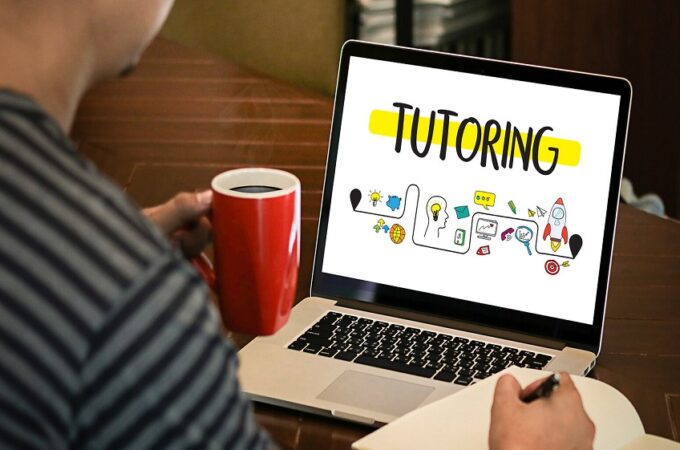
Learn How to Avoid Plagiarism In 7 Easy Steps
As a student, you should avoid plagiarism. You should use your own thoughts when writing and display a sincere work ethic. If you do not, you will not only have a bad reputation with your professors, but you will also face serious consequences. You risk an “F,” suspension, or even expulsion for the copied work. However, plagiarism can occasionally occur accidentally. The boundaries of how much you should take inspiration from other sources are fluid. Here are seven simple methods from our Essay Writing Experts to help you avoid plagiarism.
How can plagiarism be avoided?
It takes a lot of work to write a paper on a solid foundation. Any student trying to grasp a complex topic needs to study additional sources. This is where things can get problematic, as you could be unintentionally plagiarising.
Types of plagiarism
To avoid plagiarism, you need to know about the specifics. For this reason, we have listed the different types of plagiarism that are commonly committed.
-
Intentional plagiarism
The most widespread and harmful form of plagiarism is intentional theft. Essentially, this is copying someone else’s work word-for-word without citing it or putting quotation marks around it. Full plagiarism can result in harsh penalties such as expulsion from school.
-
Self-copy
Occasionally, teachers will give the class a topic that students have already covered in another course or year. In this case, a student may submit the same essay for both types of work. Or they may use work they have already completed without the teacher’s permission. This falls under the category of self-plagiarism.
-
Plagiarism in Mosaics
Patchwork plagiarism is another name for this type of plagiarism. Compared to intentional plagiarism, it requires much more work. A student combines quotes from numerous sources and makes small word changes here and there. By changing a few terms, the student can pass off his or her work as his or her own while keeping the original idea. Since the core concept of another author is used here, it is still plagiarism.
-
Unintentional plagiarism
This can occur primarily due to a student’s carelessness. They need to cite a source. They misstate the author of the source or paraphrase the text incorrectly. Even if this happens unintentionally, it will negatively affect your grades. To prevent this, you must cite everything correctly. Next, more on this
-
Authorship mistakes
Sometimes students rush through assignments to get them done. In doing so, they pay little attention to citation. They risk a bad grade if they do not take citation seriously. If a source has multiple authors but you cite only one, that’s incorrect authorship. Or you may mention an entirely new name. If you pay close attention to citation and other information, you can avoid these mistakes.
Now that we have covered the basic categories of plagiarism, it’s time to move on to remedies. Our advice will help you avoid falling into this trap.
1. Start on time
When you have a task to do, procrastination is not a good idea. It is usually advantageous to start early. This gives you enough time to complete a task without plagiarism. You are less inclined to make hasty mistakes when your thinking is free of stress.
2. Citations are necessary
Often when writing assignments, you will need to take concepts from a literary source. Remember to cite the sources from which you obtained your statements, facts, or figures. However, you can dispense with citations if the material is common knowledge.
That’s not all, though. Always cite sources correctly. There are several forms, including APA, MLA, Harvard, and Chicago. Use the form that your institution prescribes. Often two citation forms are prescribed: In-text and a bibliography. Read the details of your assignment to determine which format you are expected to use.
3. Inserting in-text citations
In-text citations are naturally inserted into the text of the actual publication. You must include the author’s name, year of publication, and page number in parentheses. Depending on the citation style your teacher specifies, the structure will change.
4. Including a reference page
The reference pages of an essay are inserted at the end. The reference page provides a complete list of all sources cited in the paper. It is a good strategy to make this list as you cite your sources. You should complete the entire paper before you finalise it. This will help you ensure that all sources have been cited.
5. Citations
If you use content from other sources, you should put them in quotation marks to avoid plagiarism. However, it is your responsibility to quote the statements accurately and not misquote them. This is perhaps the easiest way to cite sources and avoid plagiarism charges.
6. Rephrasing the text
If you come across external material that perfectly complements your work, paraphrase it. This will allow you to reword the concept to suit your needs. Read the original content carefully and several times. Then express the same thought in a new format and vocabulary.
7. A plagiarism detector
Use a plagiarism detector when the work is finished and the final draft has been evaluated. If you use it to check your work, you can be sure that there are no signs of plagiarism. As mentioned earlier, plagiarism can occur even if you are not aware of it. Use the online tools to detect plagiarism before you submit a paper to your teacher.
Never forget that plagiarism should be taken seriously and that those who try will face harsh penalties. Turn to Live Web Tutors assignment writing service for top-notch academic material that is 100% plagiarism-free.





